Pituitary Gland
The pituitary gland is a small, pea-sized gland located at the base of the brain. It is often referred to as the "master gland" because it plays a crucial role in regulating various bodily functions by secreting hormones that act on other glands in the body.
Anatomy of the Pituitary Gland
The pituitary gland is divided into two main parts: the anterior pituitary (also known as the adenohypophysis) and the posterior pituitary (also known as the neurohypophysis). The anterior pituitary produces and releases several hormones, while the posterior pituitary stores and releases two important hormones produced by the hypothalamus.
Functions of the Pituitary Gland
The pituitary gland regulates a wide range of essential bodily functions, including growth, reproduction, metabolism, and stress response. Some of the key hormones produced by the pituitary gland include:
- Growth Hormone (GH): Regulates growth and development of tissues and organs.
- Thyroid-Stimulating Hormone (TSH): Stimulates the thyroid gland to produce thyroid hormones that regulate metabolism.
- Adrenocorticotropic Hormone (ACTH): Stimulates the adrenal glands to produce cortisol, which helps the body respond to stress.
- Prolactin: Stimulates milk production in the mammary glands.
- Oxytocin and Vasopressin: Stored and released by the posterior pituitary, these hormones regulate water balance, blood pressure, and uterine contractions during childbirth.
Disorders of the Pituitary Gland
Disorders of the pituitary gland can lead to hormonal imbalances and various health issues. Some common pituitary disorders include:
- Hyperpituitarism: Overproduction of pituitary hormones, leading to conditions such as gigantism or acromegaly.
- Hypopituitarism: Underproduction of pituitary hormones, resulting in stunted growth, infertility, and other hormonal deficiencies.
- Pituitary Tumors: Abnormal growths in the pituitary gland that can affect hormone production and cause symptoms such as headaches, vision problems, and hormonal imbalances.
Study Guide
To study the pituitary gland, it's important to understand its anatomy, functions, and related disorders. Here are some key points to focus on:
- Identify the location and structure of the pituitary gland.
- Describe the functions of the anterior and posterior pituitary hormones.
- Explain the role of the pituitary gland in regulating growth, metabolism, and stress response.
- Discuss the potential disorders associated with the pituitary gland and their impact on health.
- Understand the diagnostic methods and treatment options for pituitary disorders.
By mastering these concepts, you will have a solid understanding of the pituitary gland and its importance in maintaining overall health and well-being.
.◂Science Worksheets and Study Guides Fifth Grade. The 6-Kingdoms of life
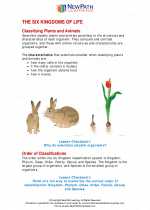
 Activity Lesson
Activity Lesson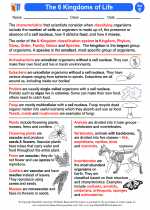
 Worksheet/Answer key
Worksheet/Answer key
 Worksheet/Answer key
Worksheet/Answer key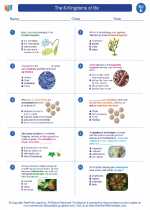
 Worksheet/Answer key
Worksheet/Answer key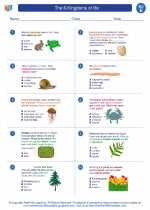
 Worksheet/Answer key
Worksheet/Answer key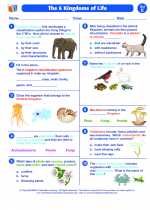
 Vocabulary/Answer key
Vocabulary/Answer key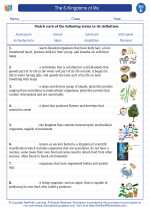
 Vocabulary/Answer key
Vocabulary/Answer key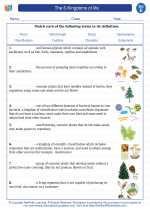
 Vocabulary/Answer key
Vocabulary/Answer key
 Vocabulary/Answer key
Vocabulary/Answer key
